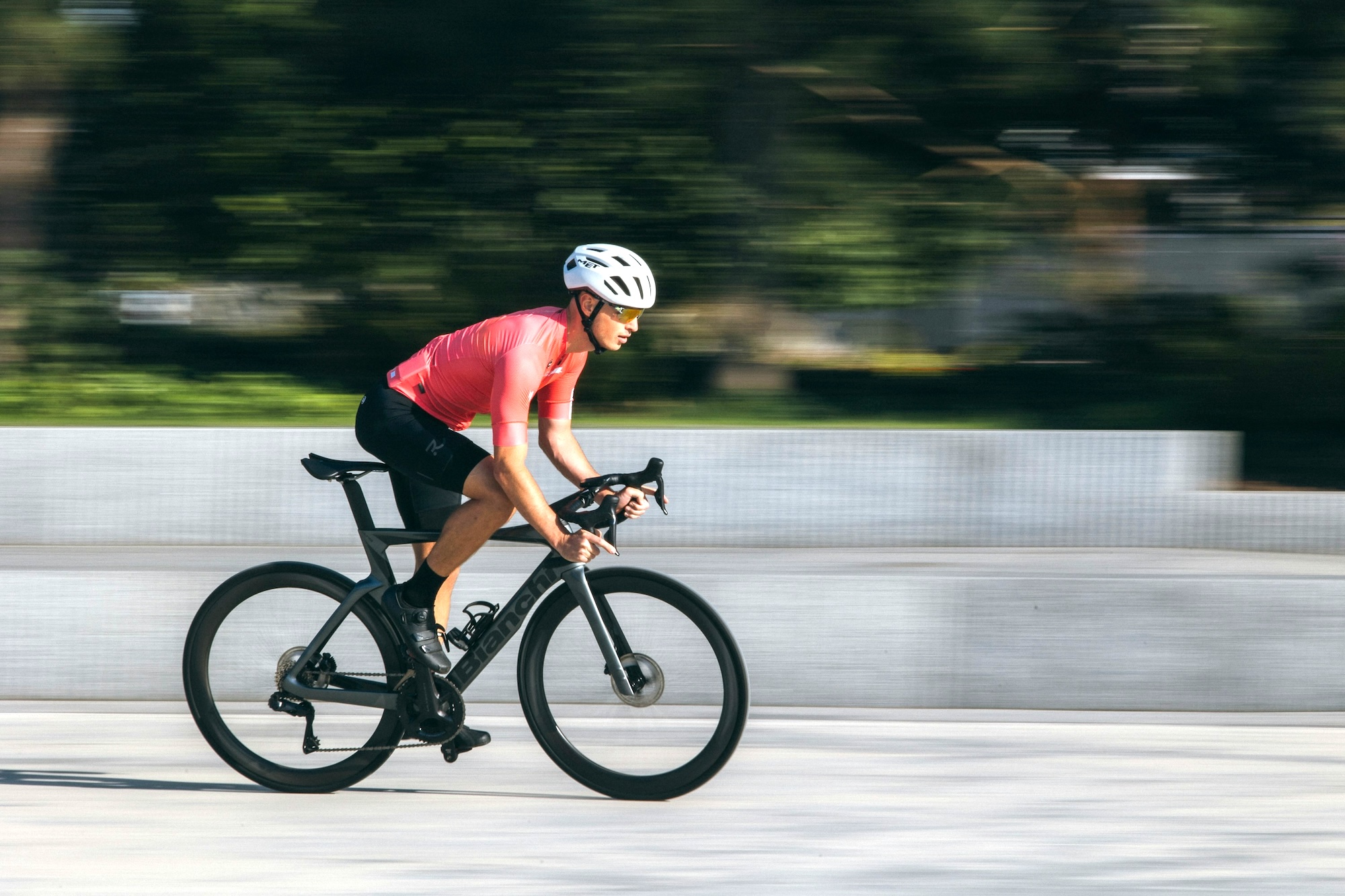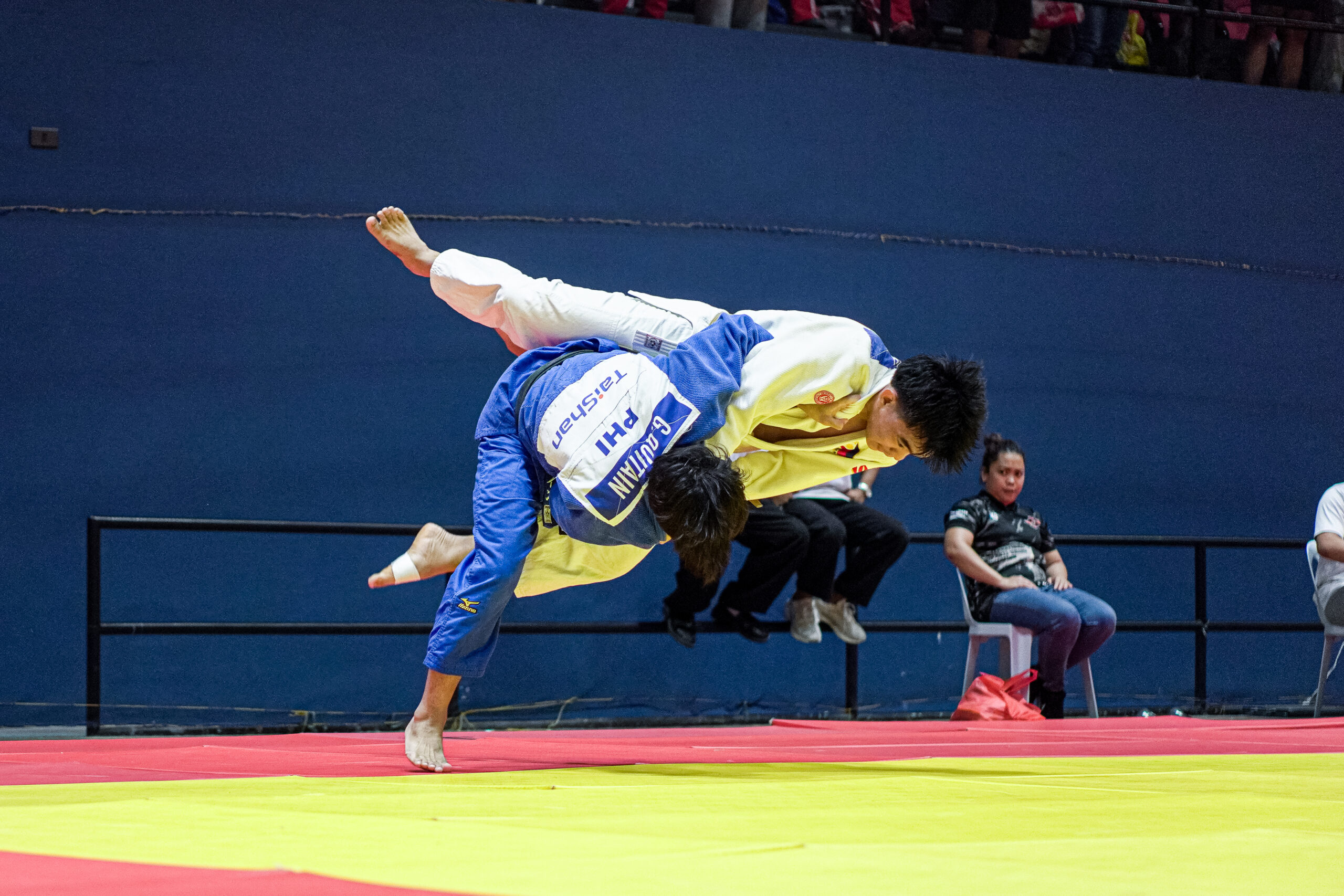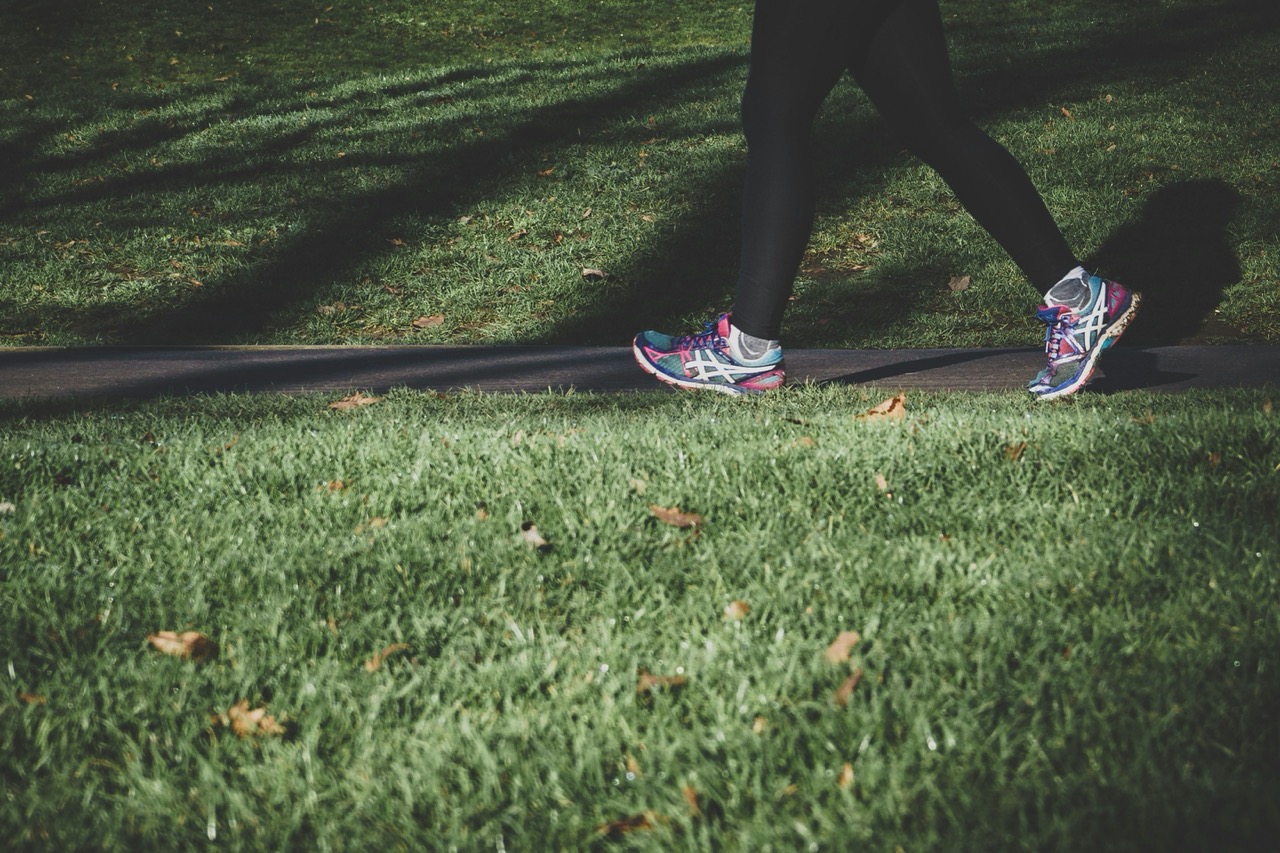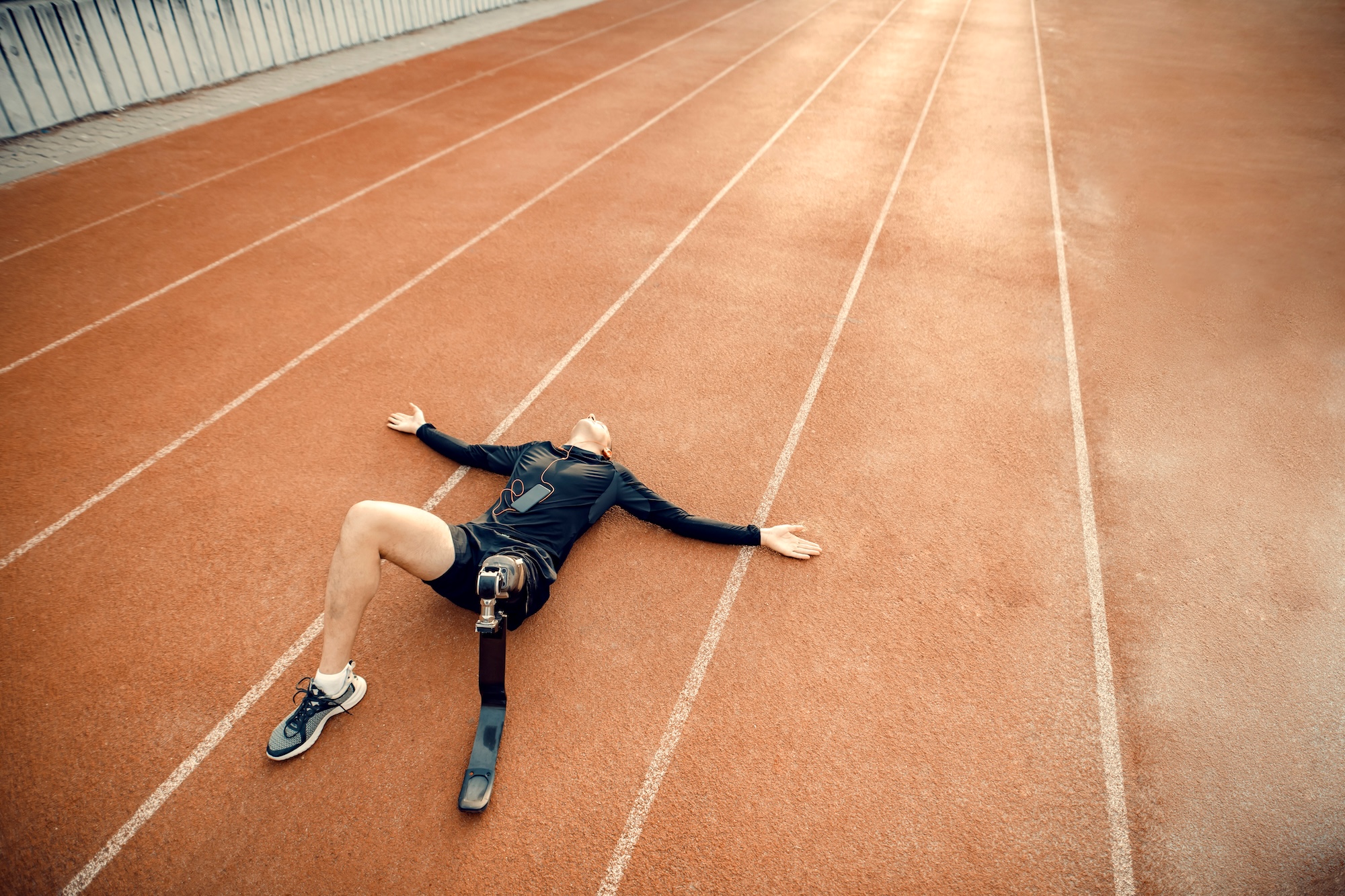To be a faster triathlete, sometimes it’s all about better execution
People often associate going faster in triathlons with two things: training harder or longer and spending more on equipment. The hours we spend logging the miles in training usually translate to better times during the race. The type of equipment we use also has a direct effect on how efficient we are on the day itself.
However, these two are resource-intensive ways of getting faster. Either we have to dedicate more time or we have to spend more to improve. What if I told you there are other ways to become a faster triathlete without spending a single peso? Sounds too good to be true, right? Hear me out, sometimes it’s all about better execution.
Keep it steady
Pacing is an important part of any race. If you blow yourself out too early, you’ll end up hobbling the rest of the way. If you take it too slow, you’ll end up frustrated that you “didn’t give your all.” There’s that middle ground of course; this middle ground allows you to hold the highest possible effort without fading drastically towards the end.
Keep your efforts within a particular range and you’ll end up finishing stronger and becoming a faster triathlete
The trick here is to find that “sweet spot” intensity; this is the intensity that is right below your threshold. There are multiple ways to do this—the easiest and most accurate way is through a performance test in the lab but without one, it takes some trial and error.
In essence, hold this pace as long as you can without going anywhere above it. Each time you spend beyond this effort will burn matches. Burn enough matches and you’ll surely fade and slow down. This gets especially tricky when hills and turns are encountered in the race. If you already have a power meter (both on the bike and for the run), this is a smart way of using it. Keep your efforts within a particular range and you’ll end up finishing stronger and becoming a faster triathlete.
Nail your transition
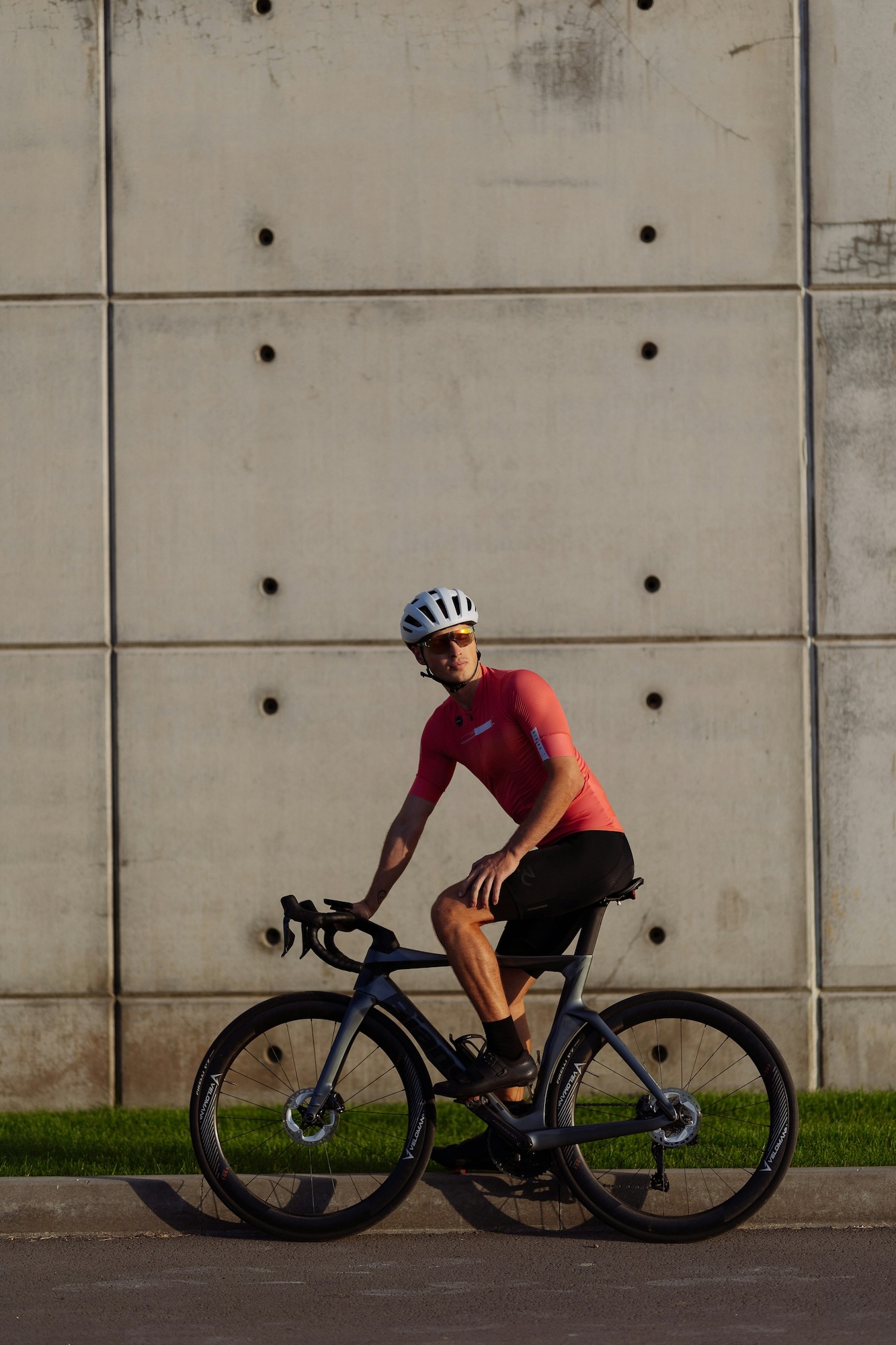
Transition is usually an afterthought for some people; however, this is a part of the race where you can really save (or lose) a lot of time. Some people lose upwards of two to three minutes by having a sloppy and disorganized transition. This could easily translate to half a kilometer or more of lost time. And the thing is, it doesn’t cost anything to have a faster transition, you just need a lot of practice.
My first tip towards a faster transition is to keep it simple. Forget about the towel, the several options for shoes, or even the overly complicated transition layout. Out of the water, it’s as simple as removing your swim gear, putting on your helmet and sunglasses, wearing your shoes, and unracking your bike.
Some people lose upwards of two to three minutes by having a sloppy and disorganized transition
Before the run, do the reverse (while keeping the sunglasses) with the additional race bib in tow. Some people can wear their shoes without any socks and while this saves some time, I’ve found that wearing socks will allow you to stay more comfortable and push harder the whole race.
If you’re confident enough in your skills, speed things up even more by doing things on the fly. For example, if you keep your sunglasses attached to your helmet, you can wear your shades while already in motion. If you can do a flying mount (where your shoes are clipped onto your bike beforehand), you can save more time. Not only do you get to wear your shoes while the bike is in motion, you also save yourself from clumsily walking around wearing your cleats.
Execute your nutrition plan
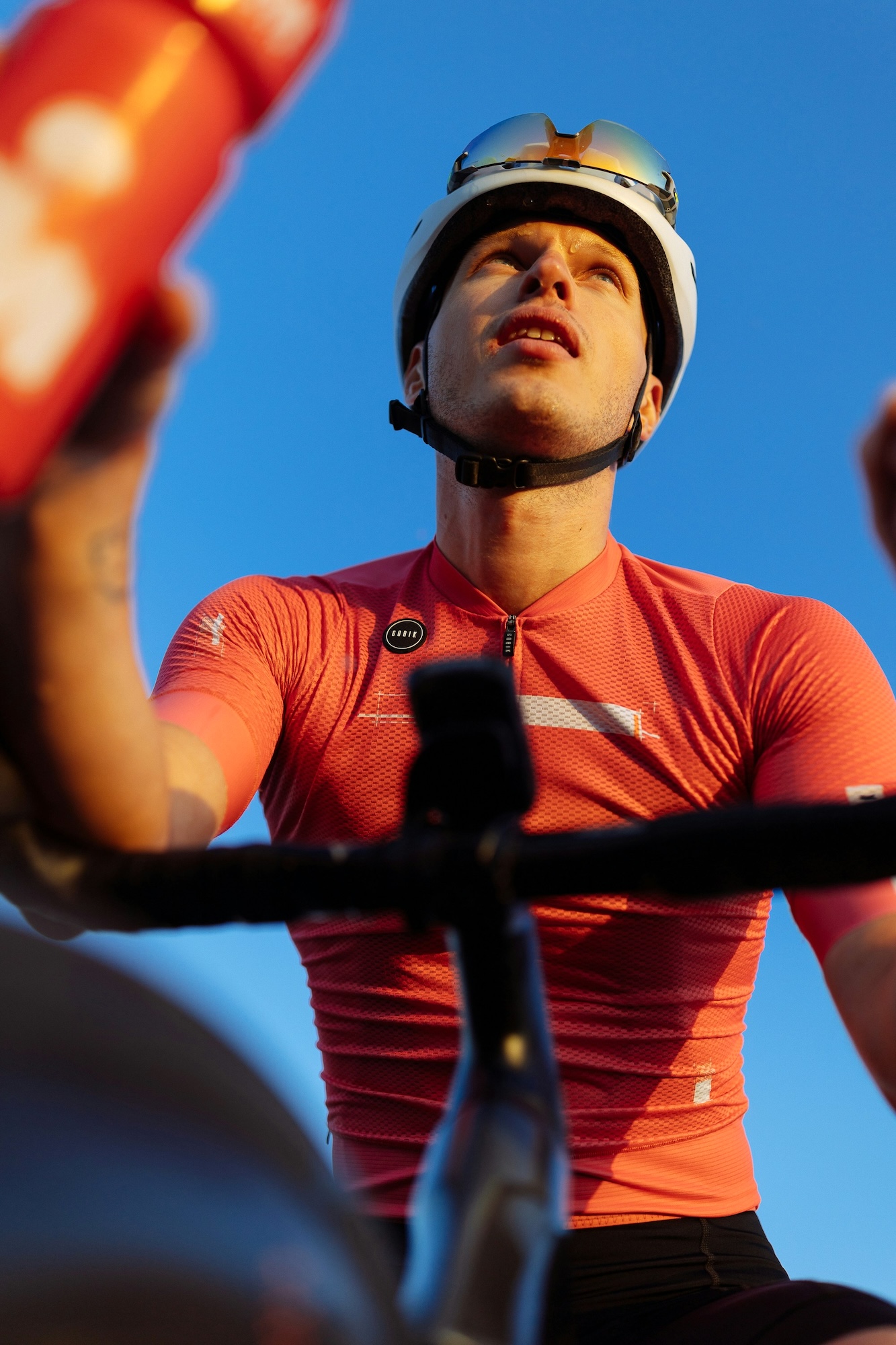
In the lab, aside from giving athletes training advice, nutrition is also top of mind. In the almost decade-long I’ve been helping athletes through performance tests, one recurring theme is noticeable: There are a lot of people who still find it hard to nail their nutrition.
Oftentimes, when an athlete walks during the run, it’s not because they didn’t train enough; it’s usually because they got their fueling wrong. Running fresh is easy; running when you’re tired and low on carbs is a whole different ball game. The problem is that many assume that running fresh is the same scenario they will encounter when they get off the bike.
To help solve this, not only do I recommend a lot of brick workouts (running after cycling) but also making sure you know how to fuel yourself properly. This usually means consuming upwards of 200 calories per hour during the entire race. This helps keep your energy levels up, allowing you to sustain a solid pace/effort the entire distance.
Oftentimes, when an athlete walks during the run, it’s not because they didn’t train enough; it’s usually because they got their fueling wrong
I also recommend bringing your own water bottle during the run. It might seem like excess weight, however, this will help stave off dehydration (resulting in better performance), and it also means you need to spend less time slowing down for the aid stations (unless you need to refill). Running with a bottle also helps you take in your nutrition at any point in the race. This will prove invaluable when your energy stores start to deplete.
At the end of the day, we are only as good as how well we prepare for a race. Preparation is not just about how fit we are, it’s also about executing each part of the race the most efficient way possible. Some of the points above take time and experience to master. That’s why joining smaller races to tune up before your big one is really important as well.

